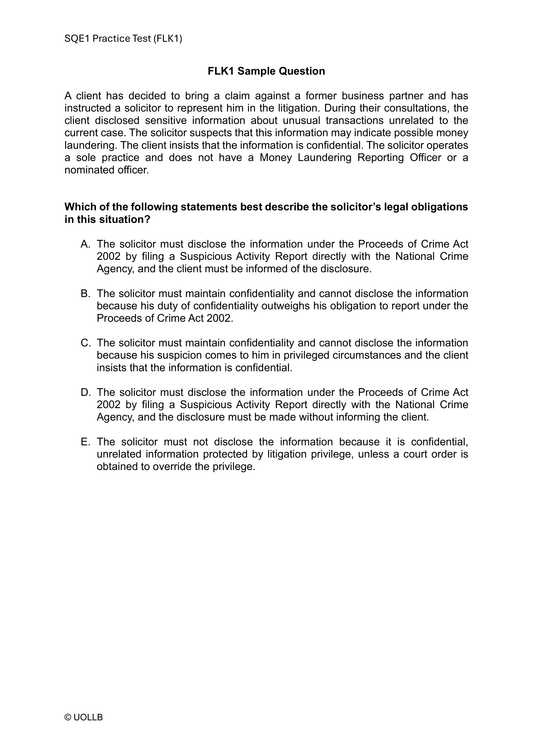Registered Designs Act 1949
Share
The Registered Designs Act 1949 is a significant piece of legislation in the UK that governs the registration and protection of designs. It provides a formal registration system and legal framework to encourage designers to protect their intellectual property and provides them with the means to enforce their rights against infringers.
Registration of designs: The Act provides a mechanism for designers to register their designs with the Intellectual Property Office in the UK. Registration grants the designer exclusive rights and legal protection for the visual appearance of their product.
Scope of protection: Registered designs protect the overall appearance, shape, configuration, pattern, or ornamentation of a product. It covers both two-dimensional and three-dimensional designs.
Novelty and individual character: To qualify for registration, a design must be new and possess individual character. It should not be identical to any existing design and should have distinctive features that set it apart from other designs.
Duration of protection: Once registered, a design is protected for an initial period of five years. This can be renewed for additional five-year periods, up to a maximum of 25 years of protection.
Exclusive rights: The registration of a design confers exclusive rights to the designer, allowing them to prevent others from using, manufacturing, selling, or importing products that incorporate the registered design without permission.
Enforcement and remedies: The Act provides legal remedies for design infringement. Designers can take legal action against infringers and seek remedies such as injunctions, damages, account of profits, and the delivery up or destruction of infringing articles.
International protection: The Registered Designs Act 1949 allows for international protection through various international agreements and treaties. Designers can use the UK registration as a basis for seeking protection in other countries or apply for international registrations through systems like the Hague Agreement.
The Registered Designs Act 1949 serves as a crucial tool in promoting and safeguarding innovative designs in the UK. It is important for designers to understand the provisions of the Act and seek professional advice to ensure proper registration and utilisation of the rights provided by the Act.





























































